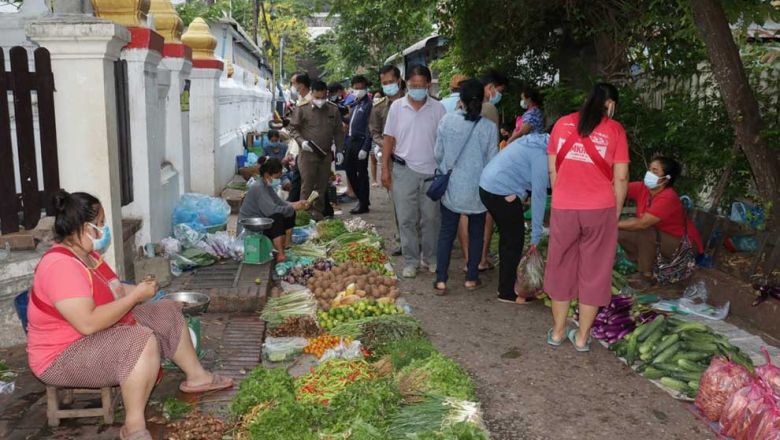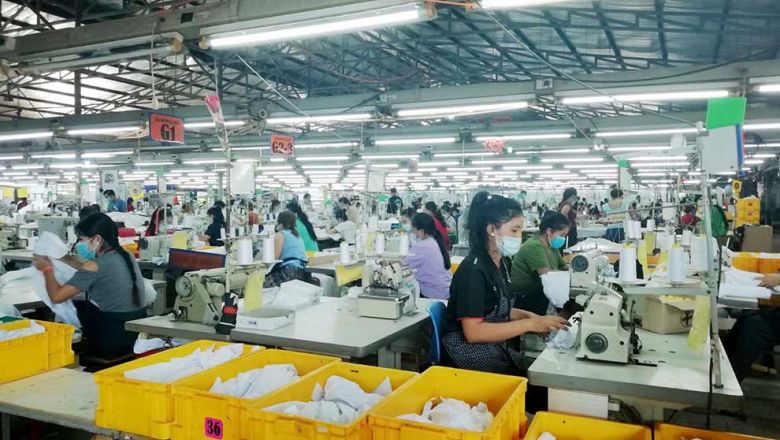Phu Bia Mining revenue contributions reach US$400 million
Phu Bia Mining revenue contributions reach US$400 million
Phu Bia Mining (PBM) announced its total contribution to government revenue had reached over US$400 million (more than 3,252 billion kip) since commencing production in 2005.
The contribution in 2014 alone reached US$54.6 million of which US$35.4m were in royalties, Phu Bia Mining said in a press release yesterday.
“Phu Bia Mining is proud of this achievement in delivering significant annual support to the national budget and development of Laos.
The full contribution of PBM to national development is only appreciated when all forms of revenue are looked at together alongside the ongoing social and community development initiatives in education, health and infrastructure provision” said Richard Taylor, Managing Director of Phu Bia Mining.
A large number of production records were set during 2014, including highest production rates at both the Phu Kham and Ban Houayxai operations. Ban Houayxai is also now the largest producer of gold in Laos with annualised production stable at 100,000 ounces per annum.
Phu Bia Mining has been able to achieve these results despite commodity price volatility. Since PBM commissioned its main Phu Kham copper-gold operation in 2008, the copper price has fluctuated between US$4,400 and US$8,800 per tonne.
The price has in recent months remained steady at around US$6,000 per tonne. The operations undertook a major restructuring in January 2015 which reduced operating costs by over US$50 million across the PanAust Group and saw localisation of many roles at both the Phu Kham and Ban Houayxai operations.
The proportion of Lao nationals among the 3,400 workers has now reached almost 90 percent.
PBM continues to invest in training and development, particularly in the areas of safety, leadership and trades.
The company maintains an innovative partnership with the Lao-German Vocational Education School and other private sector partners to train apprentices in a variety of highly needed skilled trades. Currently, 92 apprentices are involved in the programme.
















